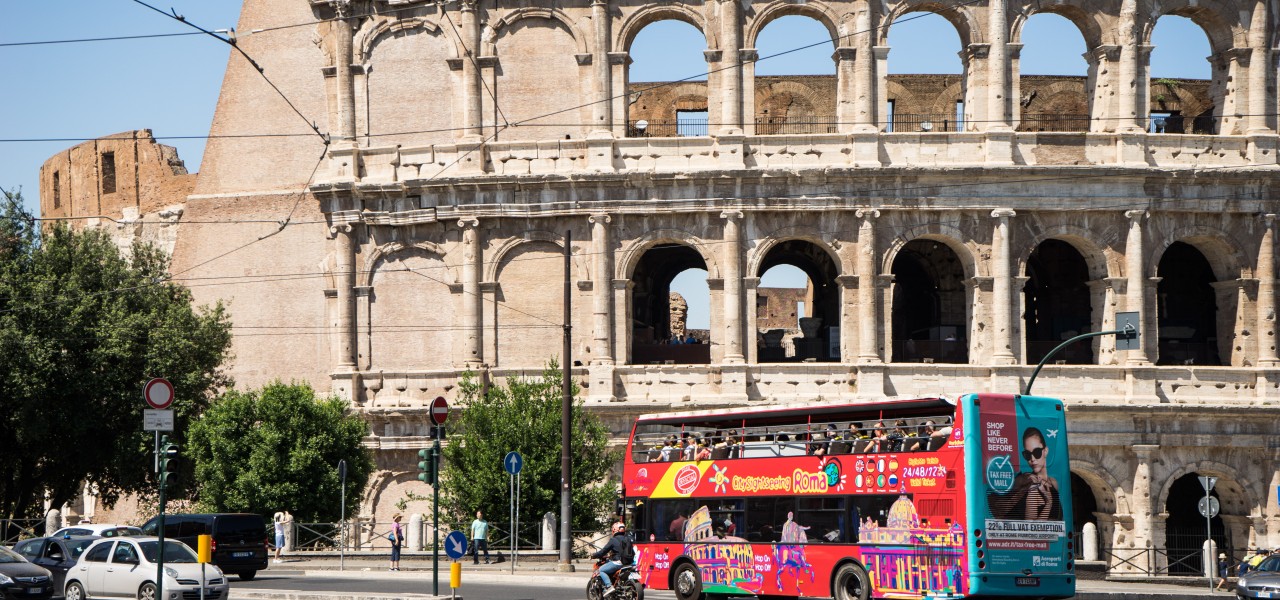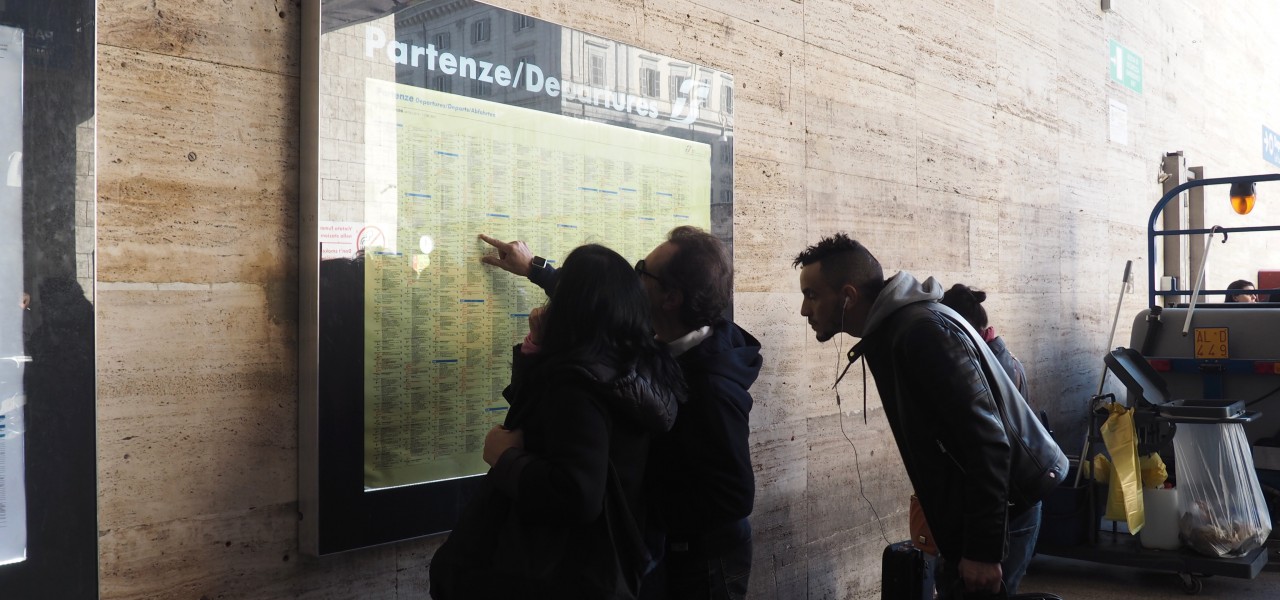Capitonline Museums Rome. The Capitoline Museums are a museum complex of the city of Rome and today consist of several collections of antiquities and art galleries. In addition to the Vatican Museums, the Capitoline Museums are some of Rome’s most famous sights included the Capitoline Wolf or the colossal statue of Constantine.
For your visit of the Capitoline Museums in Rome, I have put together the most important information for you in the following article.
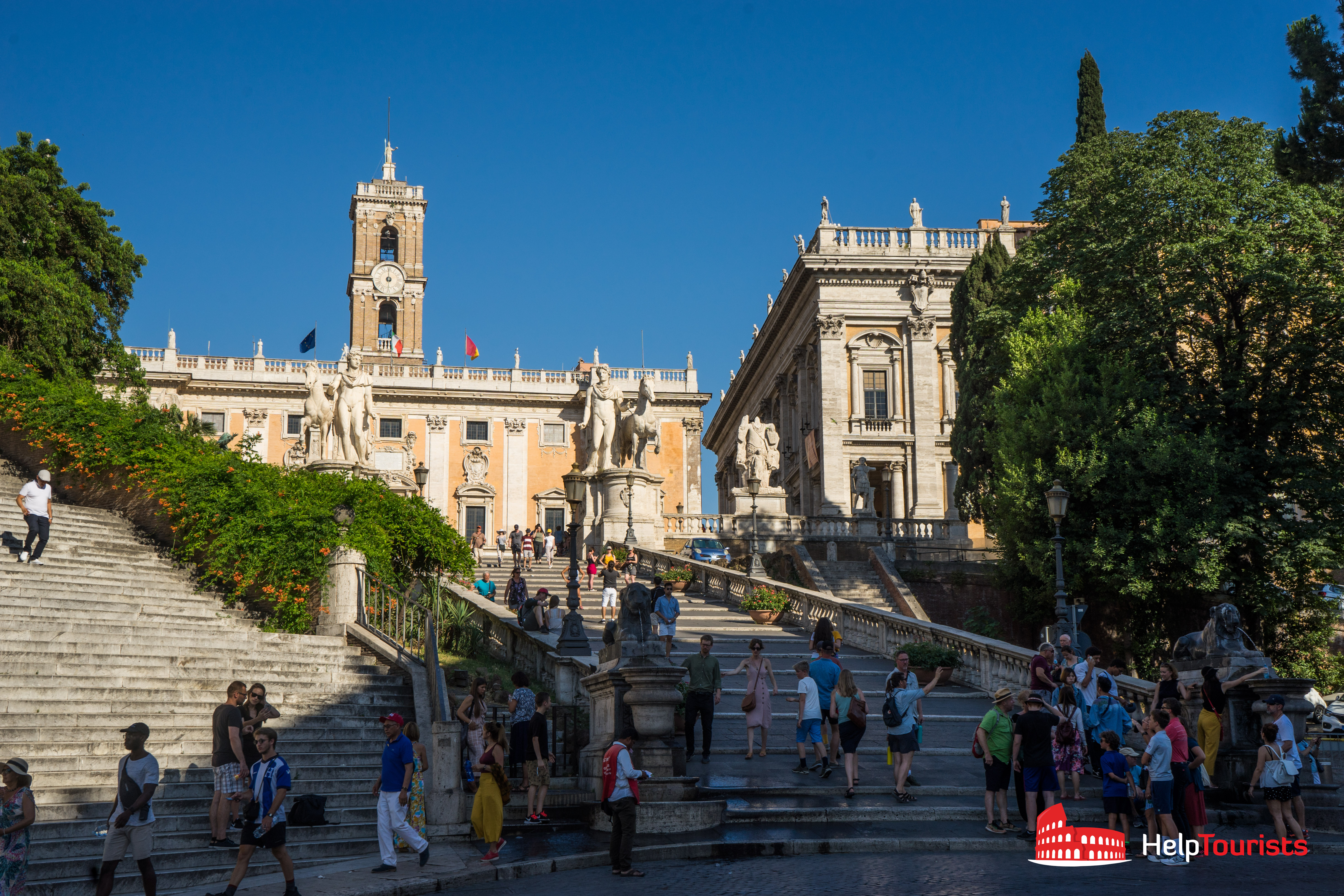
Capitoline Museums Rome: Tips, information, prices and opening times
Capitoline Museums Rome: Probably the oldest museum in the world
The Capitoline Museums are the oldest public museums in the world and the most important urban museums in Rome. Its walls contain both ancient works that date back to ancient Rome and paintings by great European painters.
In addition, they lie in the beautiful surroundings on the legendary Capitoline Hill – one of the seven hills on which Rome was built and can be easily reached on foot as by public transport. If you are in the Eternal City for a few days or even just a weekend, you should definitely include the Capitoline Museums in Rome in your program. You won’t be disappointed!

The museum complex extends over several buildings: the Palazzo dei Conservatori (the Conservator’s Palace) and the Palazzo Nuovo. The Palace of Conservators is on the right side of Piazza di Campidoglio (when you get to the piazza from the stairs). Opposite him is the Palazzo Nuovo. Both are connected by an underground passage. This is below the Senators Palace, the third building on the piazza. You can also access the Tabularium, the state archive of the ancient Romans. By the way, the main entrance and the ticket office are in the Conservator’s Palace on the right.

Practical information
Opening hours
-
The museum complex is open daily from 9:30 a.m. to 7:30 p.m. On December 24th and 31st from 9:30 a.m. to 2:00 p.m. On January 1st from 2 p.m. to 8 p.m. The ticket offices always close one hour in advance.
-
The Capitoline Museums are closed on May 1st and December 25th.
Ticket prices
-
The ticket for the Capitoline Museums in Rome and all accompanying exhibitions costs:
-
For adults: 16 euros
-
Reduced: 14 euros (for students as well as children and teenagers between 6 and 25) Children under 6 years and senior citizens pay 2 euros.
If there are no accompanying exhibitions and / or events, the ticket prices are reduced as follows:
-
Adults: 11.50 euros
-
Reduced: 9.50 euros
A video guide is available for 6 euros in Italian, English, French, German, Spanish and Russian. Audio guides in Italian and English cost 4 euros. There is a special child-friendly audio guide for children and families for the Capitoline Museums. A service especially for “small visitors”. Here it is the great emperor Marcus Aurel himself, together with his Ross Lightning, who welcomes the children to the museums and leads them through the exhibition (recommended age: 6-12 years).
How it all started …
The Capitoline Museums can be considered as the first museums in history. It all started in 1471 when Pope Sixtus IV. Della Rovere decided to give the Roman people a few statues of great symbolic value. These included the Capitoline Wolf, the Spinario. This is a famous Greek sculpture of the boy “Spinario”, who removes a thorn from his foot, and the colossal head of Constantine.

The sculptures were initially on the outer facade and in the inner courtyard of the Palazzo dei Conservatori. And in a short time, the original core was enriched by later purchases of finds from urban excavations that were closely linked to the history of ancient Rome. The choice of location was therefore not accidental. The Campidoglio was chosen, the hill that housed the center of the administrative and religious life of ancient Rome.
Some highlights you shouldn’t miss!
Capitoline Wolf
The story of the she-wolf, who takes care of two orphans on the banks of the Tiber, drags them into their cave and nurses them, is so legendary that you have probably heard about it already. The twins adopted by the she-wolf are Romulus and Remus.
Romulus later became the legendary founder of the city of Rome. Everything else is history. The she-wolf of the Capitoline Museums has been the symbol of Rome for centuries. Visiting the Capitoline Museums without stopping to admire them is like going to Paris without climbing the Eiffel Tower.
Colossal statue of Constantine the Great
Strictly speaking, the colossal statue of Constantine the Great is not really a statue, but its remains. The head, one hand and the left foot are clearly visible. In Rome the foot is also called “er piedone”, “big foot”. Few of those who visit the Capitoline Museums in Rome really know the story behind this gigantic sculpture.
It is the remains of a twelve-meter-high marble statue of the emperor Constantine, who was Roman emperor from AD 306. In order to symbolize and celebrate his victory in the battle of Ponte Milvio, the emperor had the giant statue erected. Originally, the marble statue of the Emperor Constantine was in the Maxentius Basilica, which was on the forums.
The equestrian statue of Marcus Aurelius
Another highlight of the Capitoline Museums in Rome is the equestrian statue of Marcus Aurelius. It is so significant if only because it is the only bronze equestrian statue that has been preserved in one piece and has never been “lost” since antiquity. Marcus Aurelius has gone down in history as one of the best emperors in the Roman Empire. He was famous for his balance. Exactly this balance is reflected in his facial expressions, gestures and balanced posture on the horse.

For a long time, the statue of Marcus Aurelius stood in the middle of the Capitol in the middle of the square, one of the most beautiful squares in Rome, designed by Michelangelo. She stayed there until the 1970s when, after an attack, it was found that the weather had irreparably ruined the monument due to the acid rain. This equestrian statue was therefore restored and moved to the interior of the Capitoline Museums, where you can admire it in all its glory. The statue placed in the middle of the square is just a copy.

The tabularium
Another highlight of the Capitoline Museums in Rome is the tabularium and the wonderful view of the Roman Forum from the corridor that connects the two palazzi of the museum. The tabularium was the former state archive of the Roman Empire, where the laws, edicts and contracts that were still written on tablets (hence the name of tabula = tablet) were kept.
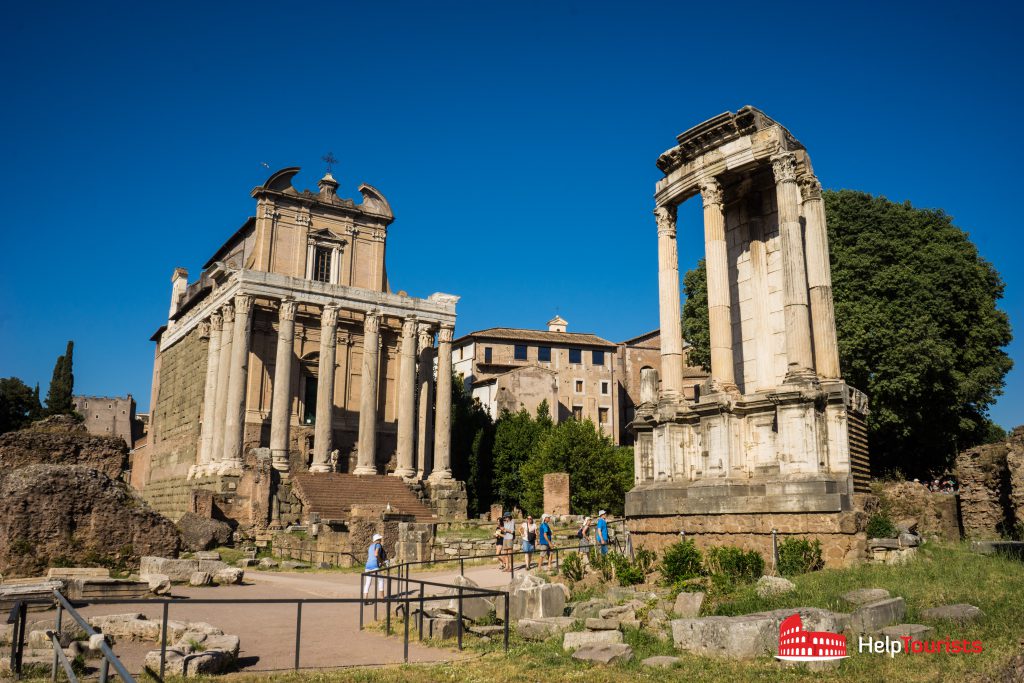
These are just a few of the many impressive exhibits that you can marvel at in the Capitoline Museums in Rome. But there are so many more that I cannot list all of them here. All in all, you should plan around three hours for a relaxed visit to the museum. So you have enough time to discover the masterpieces of classical art, from Etruscan-Republican Rome to the late Empire, admire the works of art of Baroque Rome in the picture gallery (the art gallery), and enjoy the view from the tabularium of the Roman Forum.
Social media
Become part of the HelpTourists community on Facebook! In our private group you can exchange ideas with other Rome lovers. Follow us on Instagram and Pinterest and get regular inspiration and insider tips for your next Rome trip!
Pin information about Capitoline Museums in Rome on Pinterest
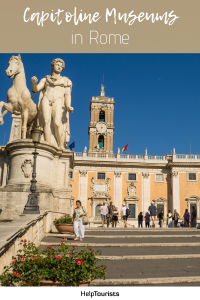
This article contains referral links. There are no additional costs for you, but thanks to these links we get a small commission. This enables us to continue to work diligently on the website and always have the latest information from Rome ready for you. Thank you for your support!








